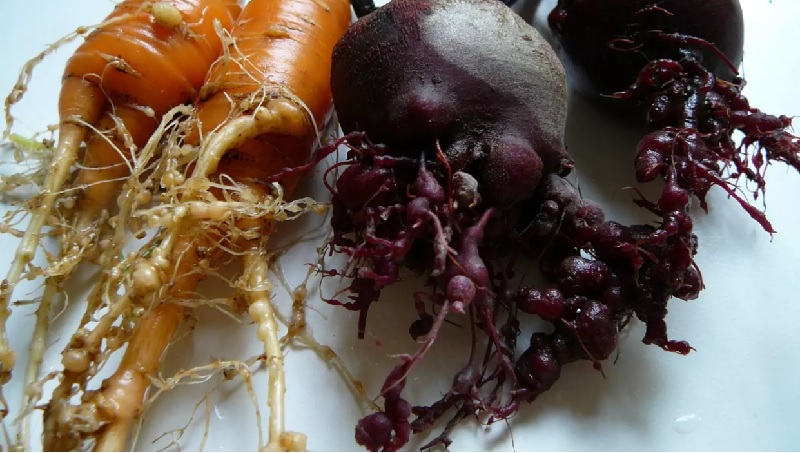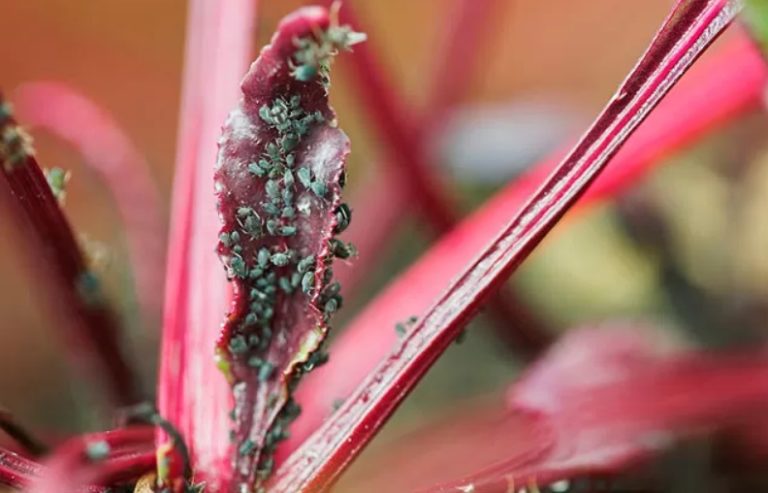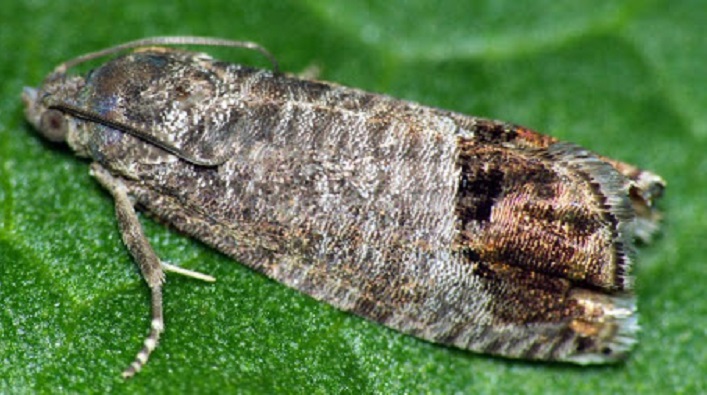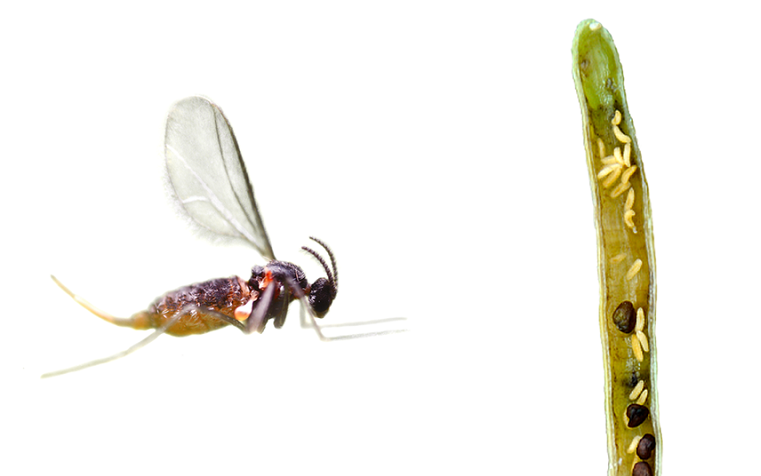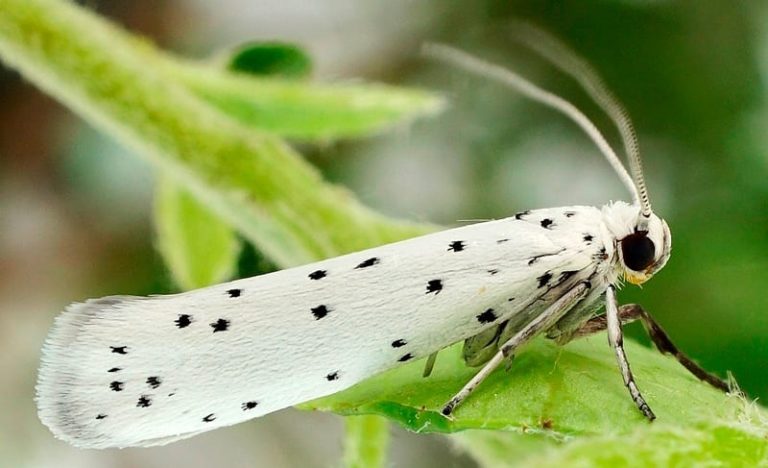Beet nematode – signs of appearance, methods of struggle
Plants affected by the beet nematode are easily recognizable by the “bearded” root crops that are formed by the lateral roots.
The beet nematode (Heterodera schachtii Schmidt.) is common in Vinnytsia, Cherkasy, Sumy and other regions of Ukraine specializing in the cultivation of beets. It leads to plant growth retardation, and due to severe damage to the soil – the complete death of beets. Affected plants are easily recognizable by their “bearded” roots, which are formed by lateral roots.
Males differ significantly from females. They are small in size (0.8-1 mm and transparent), females are noticeably larger – up to 1.3 mm, at first yellowish-white, and then brown and haveless thorn than the male, beetroot juice can be seen around the mouth.
The development of one generation lasts 4-8 weeks and consists of the following phases – egg, larva, adult and cyst, that is, a dead female with eggs and larvae. A distinction is made between the parasitic form of the larva, which is clavate, and the white female is lemon-shaped. The development of the testicles occurs inside the females, at which moment the internal organs atrophy, and the female turns into a bag full of eggs and larvae. The beet nematode is an extremely prolific insect – 80-200 eggs, and under sizzling conditions more than 500. During the growing season, 2-4 generations of these insects appear. At a temperature of +10°C and a humidity of 20% from 20%, larvae of the second instar appear from the cysts, which penetrate the plant.
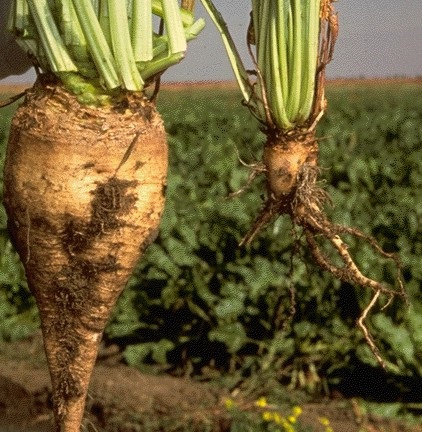
Harmfulness of the beet nematode
As a result of the action of the beet nematode, the beet yield is significantly reduced, and their sugar content decreases by 2-3 times. The problem is that with a low (1-100 l + i / 100 cm3 of soil) and medium (101-300 l + i / 100 cm3 of soil) number of pests, diseased plants are difficult to distinguish from healthy ones, the difference is noticeable only during the day at temperatures above 20 ° C – in such situations, their leaves wither and lie on the ground.
Protection measures against beet nematode
In order to prevent the appearance of beet nematodes, it is necessary to inspect the future site in autumn or spring when planning the sowing of sugar beets. If beet nematodes are found in the collected soil samples, it is necessary to prevent the spread of the pest to other areas along with equipment and agricultural implements. Saturation of crop rotation with sugar beets maximum 20%.
To improve the site, an anti-nemato crop rotation should be made: 1) corn for green fodder or peas — rye for green fodder or grain; 2) corn for green fodder or peas — rye for green fodder or grain — rye for green fodder or grain; 3) peas — corn for green fodder — rye; 4) barley with overseeding of clover — clover — rye; 5) alfalfa — alfalfa — rye; 6) rye + vetch — corn for green fodder — winter wheat — chicory — barley with underseeding, clover — clover or alfalfa — alfalfa — alfalfa; 7) alfalfa — alfalfa — alfalfa — chicory — barley or spring wheat — rye + vetch — corn.
It is also possible to do short-term sowingin August-September after peas, winter wheat ra other early cereals cruciferous crops like mustard, oil radish or rapeseed, and after a month and a half mow and plough.
Plowing is a good safeguard against nematodes, as it allows you to reduce the number of larvae by more than half.
It is necessary to select sugar beet hybrids resistant to beet nematode. Their yield is higher even in infected fields compared to conventional hybrids.
It is necessary to tune in to a long-term fight against the beet nematode, since it is extremely resistant, so even a set of measures does not allow it to be destroyed once.
Of the chemicals, Adifur 35 ST, Karbosan 350 ST, Cosmom 500, Furadan 35 ST are recommended for use.

